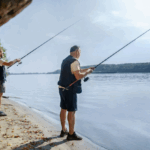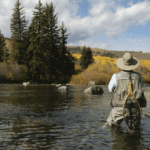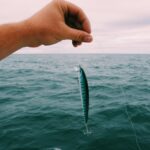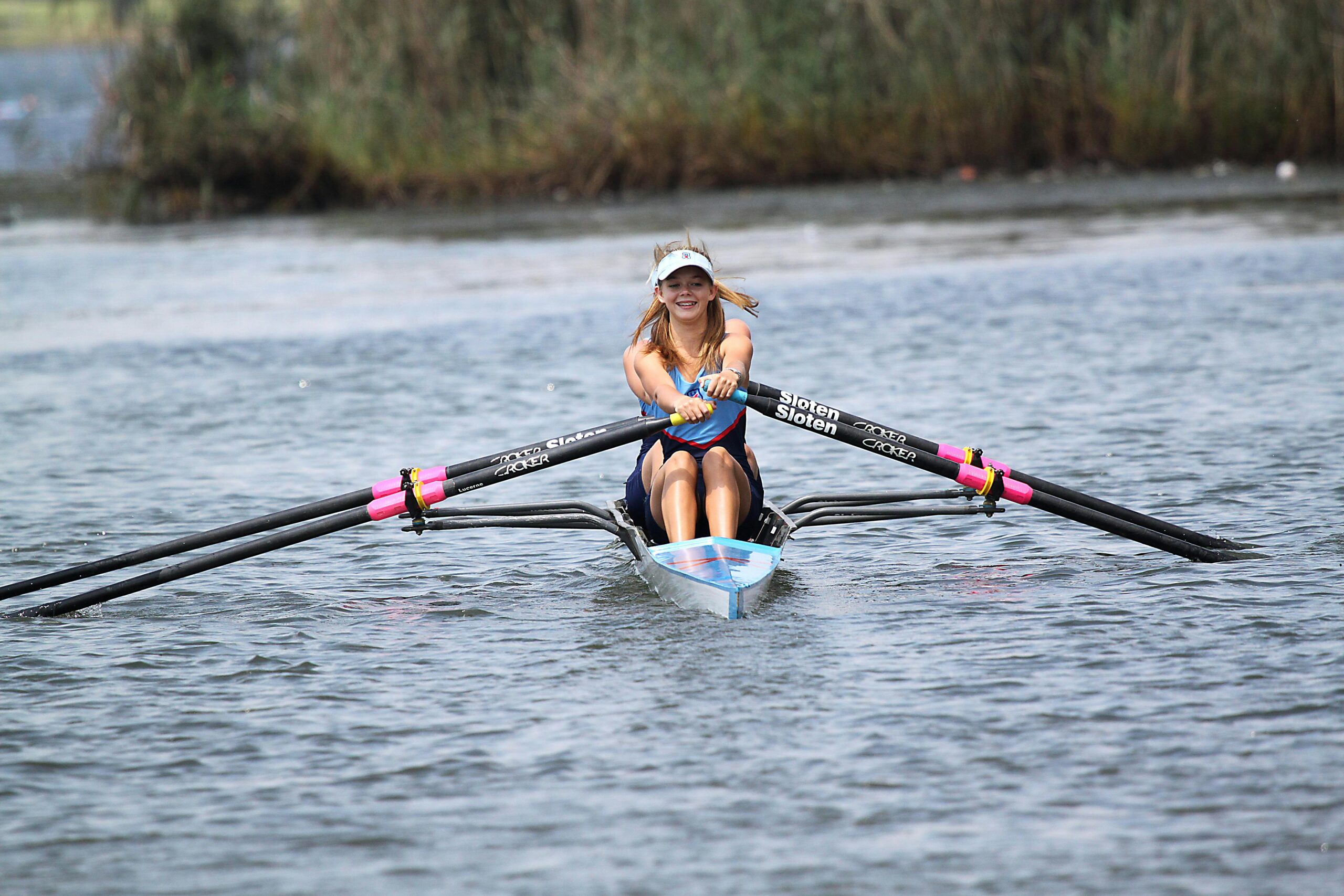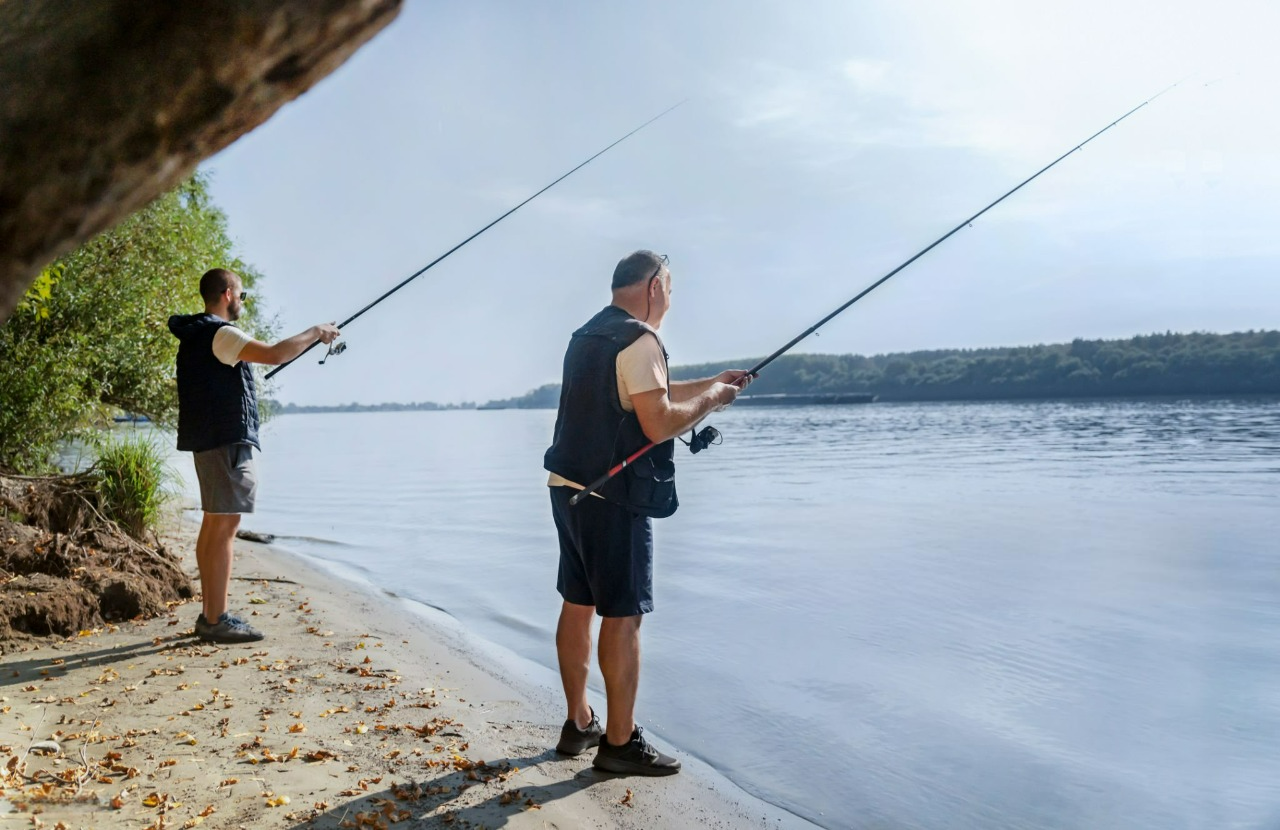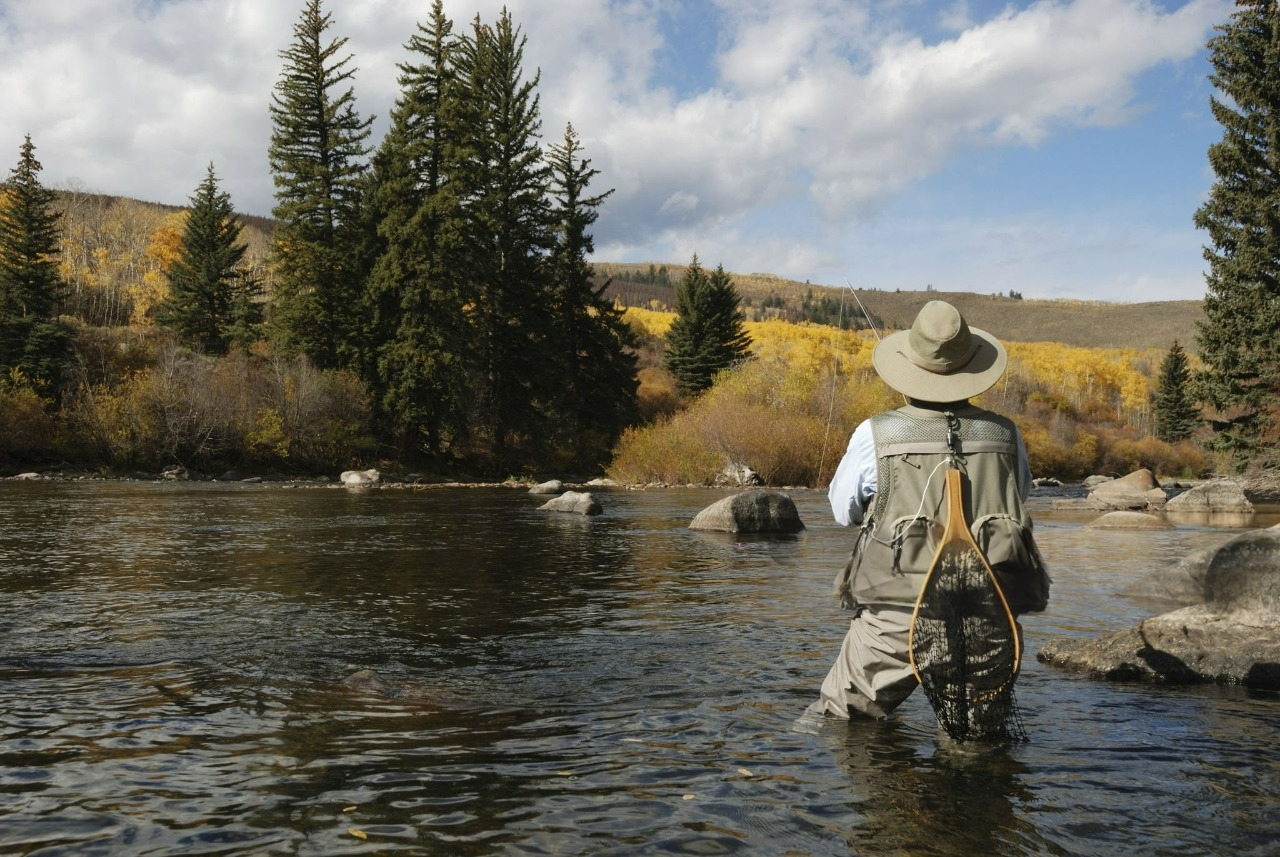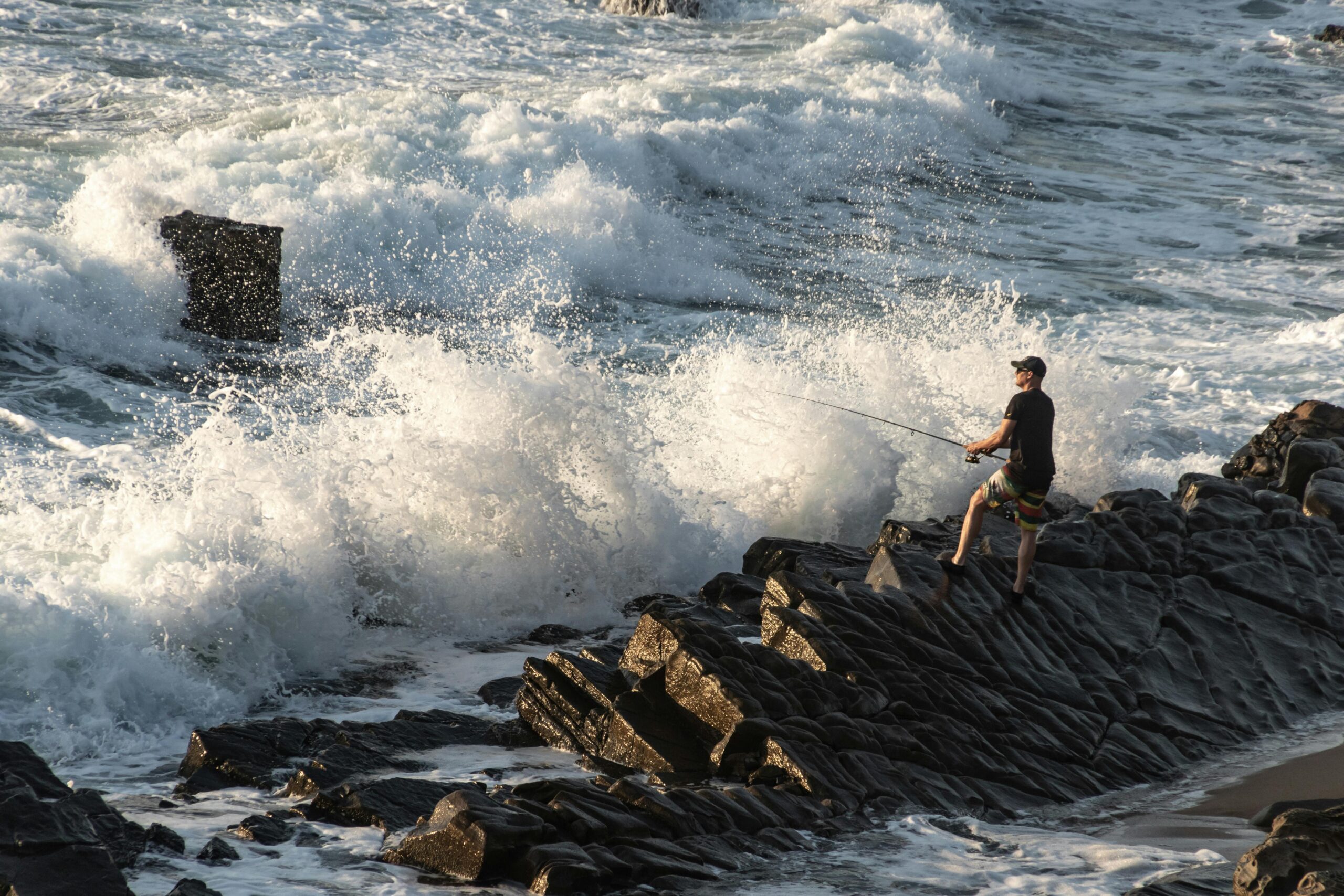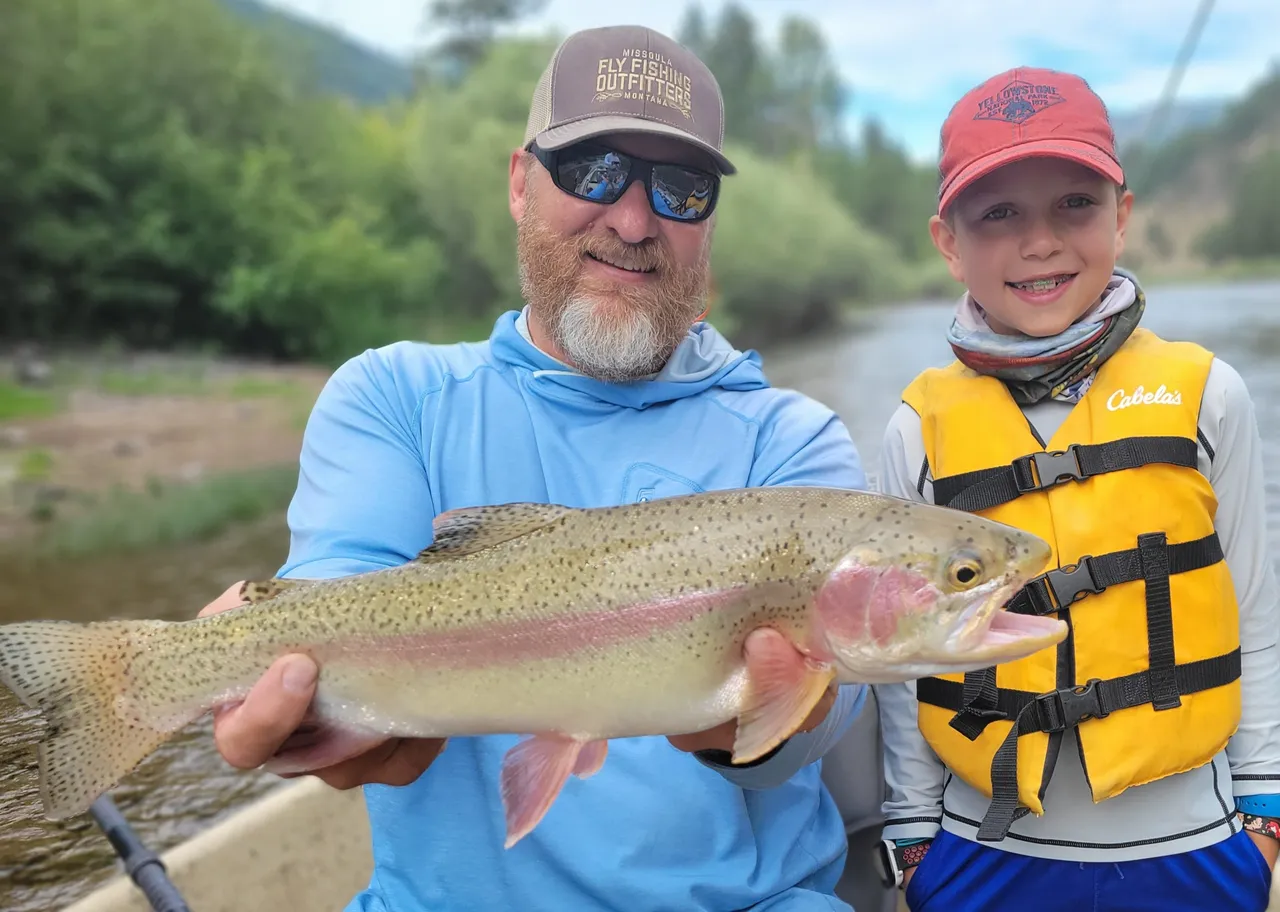Rowing on the open water is not just a way to get from point A to point B—it’s a connection to nature, a test of physical endurance, and a sport with a rich history. Whether you’re new to boating or an experienced rower, understanding the techniques, benefits, and the best practices for navigating the open water is essential for enjoying this timeless activity. In this article, we’ll explore everything you need to know about rowing on the open sea, from choosing the right boat to mastering the strokes that will keep you gliding smoothly over the water.
The Allure of Rowing on the Open Water
There’s something uniquely peaceful about being on the water. The rhythm of your strokes, the wind in your hair, and the sound of the oars slicing through the water all combine to create a meditative experience. Beyond the serenity, however, rowing on the open water offers a full-body workout that builds strength, endurance, and coordination. Rowing combines the enjoyment of outdoor recreation with the benefits of a low-impact, muscle-building exercise that engages your legs, back, arms, and core.
Choosing the Right Boat for Rowing
The type of boat you use for rowing plays a significant role in how your experience will unfold. There are several types of boats designed specifically for rowing, each with its unique features and intended use. Here are some of the most popular types of rowing boats:
1. Rowing Shells
Rowing shells, also known as racing shells, are long, narrow, and lightweight boats designed for speed. These boats are typically used in competitive rowing, but they can also be used for leisurely rowing if you’re looking for a more intense workout. Rowing shells are equipped with sliding seats, which allow for a full range of motion in each stroke.
- Best for: Experienced rowers and those who want to row at high speeds.
- Key Features: Slim profile, lightweight, and minimal drag.
2. Canoes
Canoes are versatile boats that can be rowed solo or with a partner. They offer greater stability and are better suited for beginners or those who are new to rowing. Canoes tend to be wider and have more room for gear or passengers, making them perfect for longer trips on the water.
- Best for: Beginners or casual rowers, family outings, or overnight trips.
- Key Features: Greater stability, multiple seats, and storage space.
3. Kayaks
Kayaks are small, lightweight boats designed for one or two people. They are stable and easy to maneuver, making them great for exploring small coves, rivers, or lakes. Unlike traditional rowboats, kayaks use a double-bladed paddle rather than oars.
- Best for: Solo adventurers, short trips, or those looking to explore narrow waterways.
- Key Features: Compact, maneuverable, and typically sit lower in the water than other boats.
4. Dinghies
Dinghies are small, often inflatable boats that can be easily transported. They are usually used for short distances or as tenders to larger ships, but they can also be used for recreational rowing. Dinghies are stable and can be rowed alone or with a partner, making them ideal for beginners or casual rowers.
- Best for: Recreational rowing, short distances, or as a secondary boat.
- Key Features: Lightweight, portable, and suitable for beginners.
Mastering the Art of Rowing
Rowing may seem simple, but achieving smooth, efficient strokes takes practice. Whether you’re in a canoe, kayak, or rowing shell, the following techniques are essential for making the most out of your time on the water:
1. The Basic Rowing Stroke
The basic rowing stroke consists of four main phases: the catch, the drive, the finish, and the recovery. Here’s how each phase breaks down:
- Catch: The catch is the moment your oars enter the water. For rowers, this happens as you extend your arms fully and lean forward, with the oars positioned at the front of the boat.
- Drive: The drive begins when you push your legs down and pull the oars back through the water. This phase relies heavily on your legs for power, with your arms and back following suit to complete the stroke.
- Finish: The finish is when the oars reach your body, and your hands pull the oars as close as possible to your chest. At this point, you should be in a slightly reclined position.
- Recovery: During the recovery phase, you push the oars forward, lean your upper body forward, and prepare for the next catch. This phase is essential for pacing yourself and conserving energy.
2. Timing and Coordination
Rowing is a rhythmic sport. If you’re rowing in a team or tandem boat, timing and coordination are essential to maintain speed and prevent the boat from veering off course. Syncing your strokes with your partner(s) will keep the boat moving in a straight line, and proper timing will help you conserve energy throughout the journey.
3. Proper Posture
Maintaining good posture is key to effective rowing. Keep your back straight, your shoulders relaxed, and your core engaged. Poor posture can lead to muscle strain and a loss of efficiency, especially on longer trips.
- Core Engagement: Keep your core muscles active throughout the stroke to maximize power transfer and protect your back.
- Leg Power: Your legs should do most of the work, with your arms and back providing additional force as the stroke progresses.
- Breathing: Remember to breathe rhythmically as you row. Inhale during the recovery phase, and exhale as you push through the drive phase.
Safety Tips for Rowing on Open Water
While rowing is an enjoyable and rewarding activity, it’s important to keep safety in mind when venturing out on open water. Here are some essential safety tips for a safe rowing experience:
1. Always Wear a Life Jacket
Even if you’re an experienced rower, accidents can happen. A properly fitting life jacket should be worn at all times, especially when rowing on open or unpredictable waters.
2. Check the Weather
Before heading out, check the weather forecast to ensure that conditions are safe for rowing. High winds, heavy rain, or thunderstorms can make rowing dangerous, especially on open water.
3. Stay Hydrated
Rowing is a physical activity that requires endurance. Make sure to stay hydrated, particularly on hot days, to avoid fatigue and dehydration.
4. Know Your Limits
Start with short trips if you’re new to rowing and gradually increase your distance as you build stamina and experience. Always row within your skill level to prevent accidents or exhaustion.
5. Plan Your Route
Familiarize yourself with the waterway you plan to row on. If you’re unfamiliar with the area, consider going with a local guide or a more experienced rower. This will help you navigate any potential hazards, such as rocks, submerged debris, or strong currents.
The Benefits of Rowing on Open Water
Rowing on the open water offers numerous benefits, from physical fitness to mental well-being. Here are a few of the top advantages of spending time on the water:
- Full-Body Workout: Rowing engages multiple muscle groups, including the legs, back, core, and arms, making it an excellent cardiovascular and strength-building exercise.
- Mental Clarity and Relaxation: The rhythmic motion of rowing, combined with the calming effect of being on the water, can help reduce stress and promote mental clarity.
- Connection with Nature: Rowing gives you the opportunity to explore nature from a unique perspective. Whether you’re paddling through a tranquil lake, gliding across a river, or exploring coastal waters, there’s always something new to discover.
Conclusion: Rowing as a Lifestyle
Rowing on the open water is more than just a physical activity—it’s an opportunity to connect with nature, improve your fitness, and enjoy the outdoors in a unique and fulfilling way. Whether you’re gliding across calm lakes in a kayak, challenging yourself in a rowing shell, or enjoying a leisurely day in a canoe, rowing offers an escape from the hustle and bustle of daily life.
With the right equipment, techniques, and safety precautions, anyone can experience the joys of rowing on open water. So, grab your paddle, set your course, and start rowing today—you might just discover a new passion that will stay with you for life.
Happy rowing!

